- Home
- About Us
- Tel : +91 33 4022 9591
HiroshimaView all the popular packagesOffers
1 Popular Packege(s)
Area 906.53 Square Kilometers
Population 1.2 Million
Winter Temperature January is the coolest month having an average temperature of 4 degrees Celsius
Summer Temperature July & August are the hottest months with an average temperature of 26.9 degrees Celsius
Best Time To Visit The best time to visit Hiroshima, Japan is from the month of March to June and late August till late October. In March and April, spring brings with it beautiful cherry blossoms. The temperatures are comfortable but can fluctuate sometimes.
Hiroshima BY Train
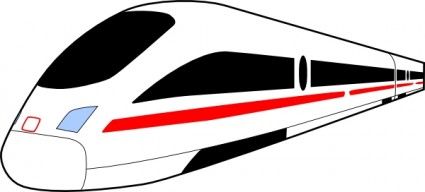
Tokyo and Hiroshima are connected with each other by the JR Tokaido/Sanyo Shinkansen. Direct Nozomi trains require about four hours to reach Hiroshima from Tokyo. By Hikari and Sakura trains, the trip takes about five hours with a transfer of trains at Shin-Osaka Station.
Peace Memorial Park
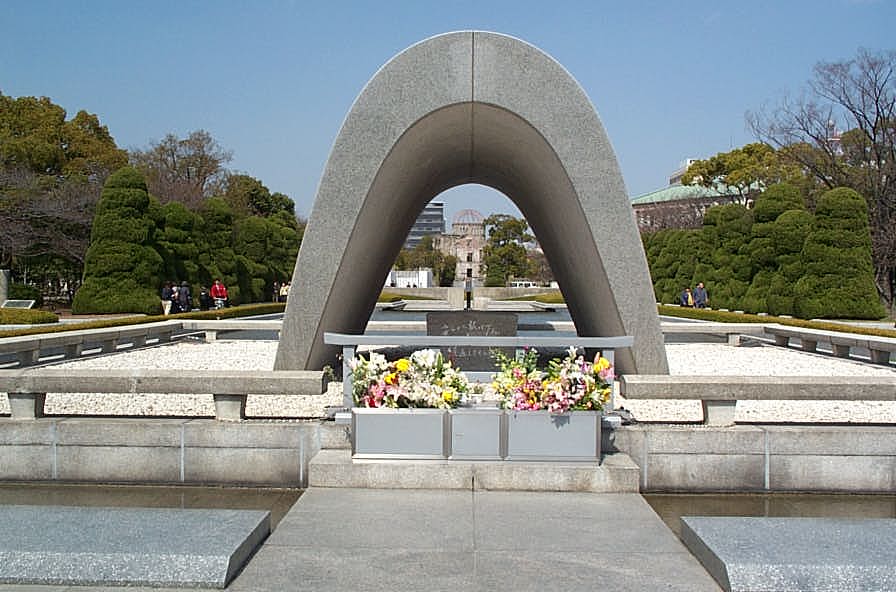
A-Bomb Dome
Most of the memorials related to the atomic bomb are in and around the Peace Memorial Park,reachable by tram line 2 or 6 to Genbaku Dome-mae. Coming from JR Hiroshima Station, you'll see the Peace Park on your left just before crossing the T-shaped Aioi Bridge, which was the target of the bomb.
Once part of the busy Nakajima merchant district, this area was destroyed almost in its entirety by the bomb. Today, there are more than fifty memorials, statues, and other structures in the Park. Some will be obscure in their meaning; others are immediate and devastating. There is no entry fee, save for the Peace Memorial Museum, and access to the grounds is not restricted at night.
Chuo Park
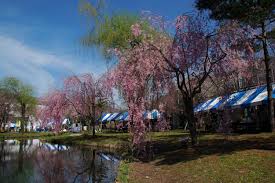
Chuo Park,Naka-ku (Genbaku dome-mae tram stop). A big, sprawling green space in the middle of the city. Broadly defined, the park grounds include many of the attractions below, including the castle and the Carp's old baseball stadium . But Chuo Park is worthy of note in its own right, with nice, long walking paths and athletic fields â there are quite a lot of open-invitation soccer,football, and ultimate frisbee games that are regularly held here.So don't be shy about showing up with athletic shoes and seeing if anyone needs an extra.
Hiroshima Castle
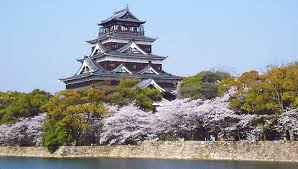
Hiroshima Castle ,21-1 Moto-machi, Naka-ku (Genbaku dome-mae tram stop),The original Carp (Rijo) Castle was built in the 1590s by Hideyoshi's warlord Terumoto Mōri, predating the city itself. It was destroyed by the atomic bomb, by which time it was serving as a military headquarters, and reconstructed in 1958. Some of the original concrete foundations can still be seen. Today, the castle grounds are a nice place for a walk, and definitely Hiroshima's favorite place for hanami (cherry blossom parties), with more than 350 sakura trees. The five-story castle museum is an attractive reconstruction of the 16th century donjon, with interesting relics and armor to see (and try on), as well as some informative displays about the history of the castle and the city. The view from the top is worth the entrance fee all by itself.
Gokoku Shrine

Gokoku Shrine ,located on the castle grounds, this concrete shrine has great significance to locals, having been rebuilt after the atomic blast and now the center for most annual Shinto traditions in the city. But other than a historical marker, there's not much to see for travelers, other than festivals (especially New Year's Eve).
Shareo
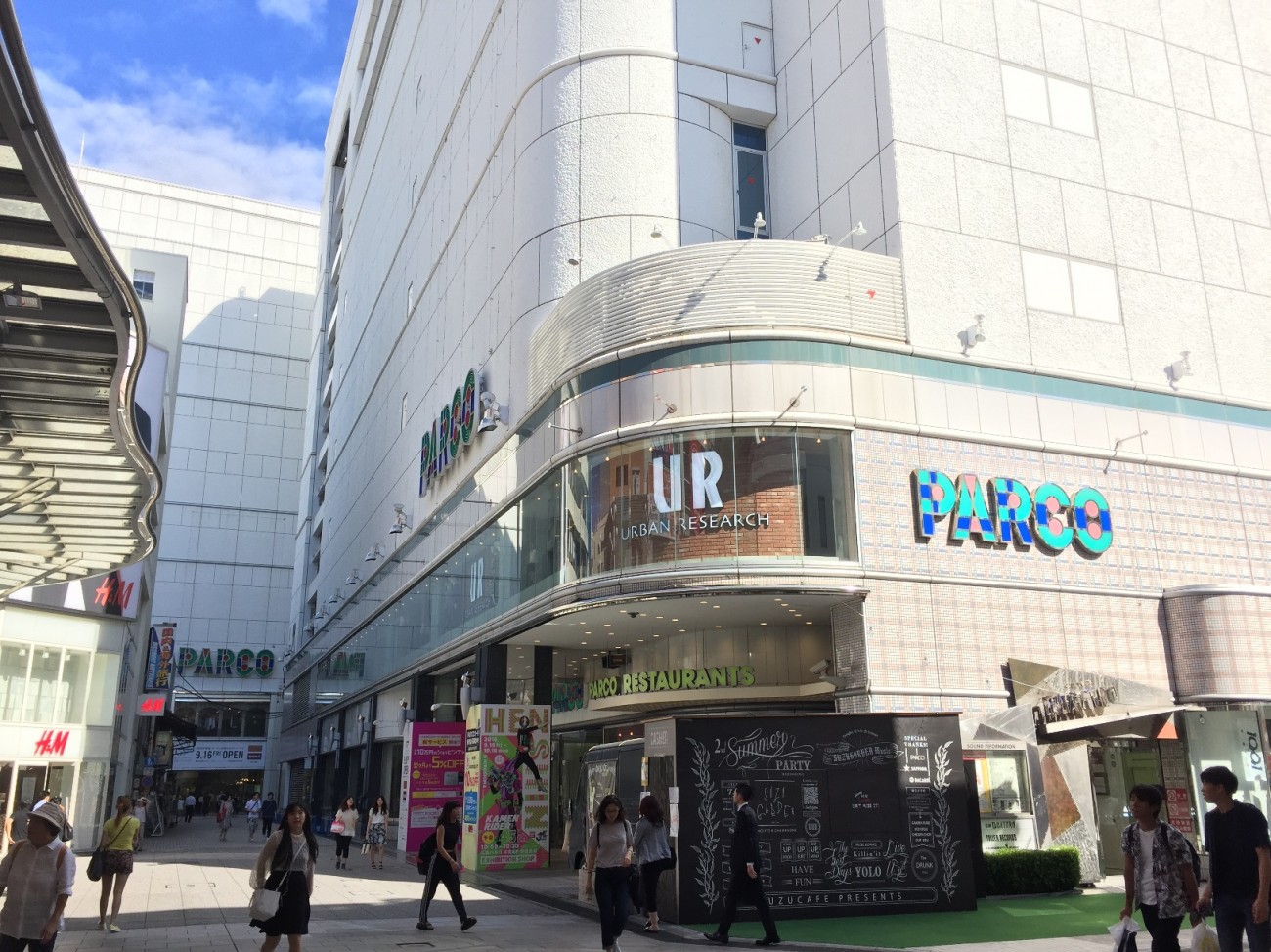
Japan, 730-0011 Hiroshima Prefecture, Hiroshima, Naka Ward, 100
Phone:+81 82-546-3111
SUNMALL
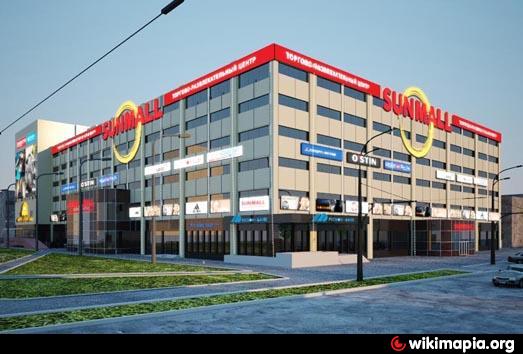
Japan, 730-0031 Hiroshima Prefecture, Hiroshima, Naka Ward, Kamiyacho, 2−2−18
Phone:+81 82-245-6000
Marina Hop

Japan, 733-0036 Hiroshima Prefecture, Hiroshima,14−35
Phone:+81 82-503-5500
Fuji Grand Hiroshima
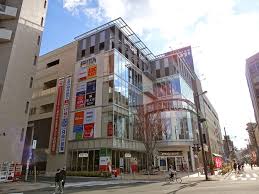
Japan, 730-0044 Hiroshima Prefecture, Hiroshima, Naka Ward, Takaramachi, 2−1
Phone:+81 82-243-7111
Ristorante Mario
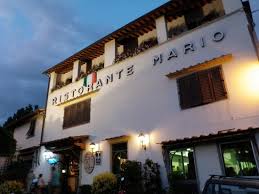
4-11 Nakajimacho, Naka Ward, Hiroshima, Hiroshima Prefecture 730-0811, Japan
Phone:+81 82-248-4956
Hassei

4-17 Fujimicho, Naka Ward, Hiroshima, Hiroshima Prefecture 730-0043, Japan
Phone:+81 82-242-8123
Sushi Tei Kamiyacho

Japan, 730-0051 Hiroshima Prefecture, Hiroshima, 1−4−31
Phone:+81 82-545-1333
Ristorante Mario
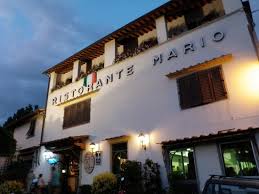
4-11 Nakajimacho, Naka Ward, Hiroshima, Hiroshima Prefecture 730-0811, Japan
Phone:+81 82-248-4956
Okonomi-mura
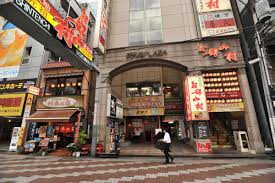
5-13 Shintenchi, Naka Ward, Hiroshima, Hiroshima Prefecture 730-0034, Japan
Phone:+81 82-241-2210

